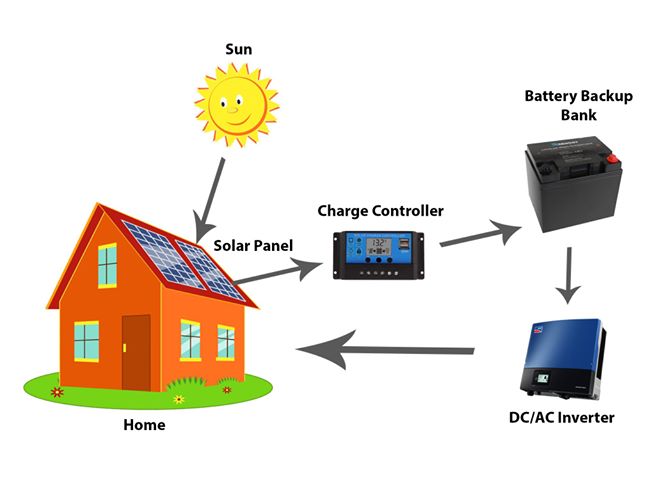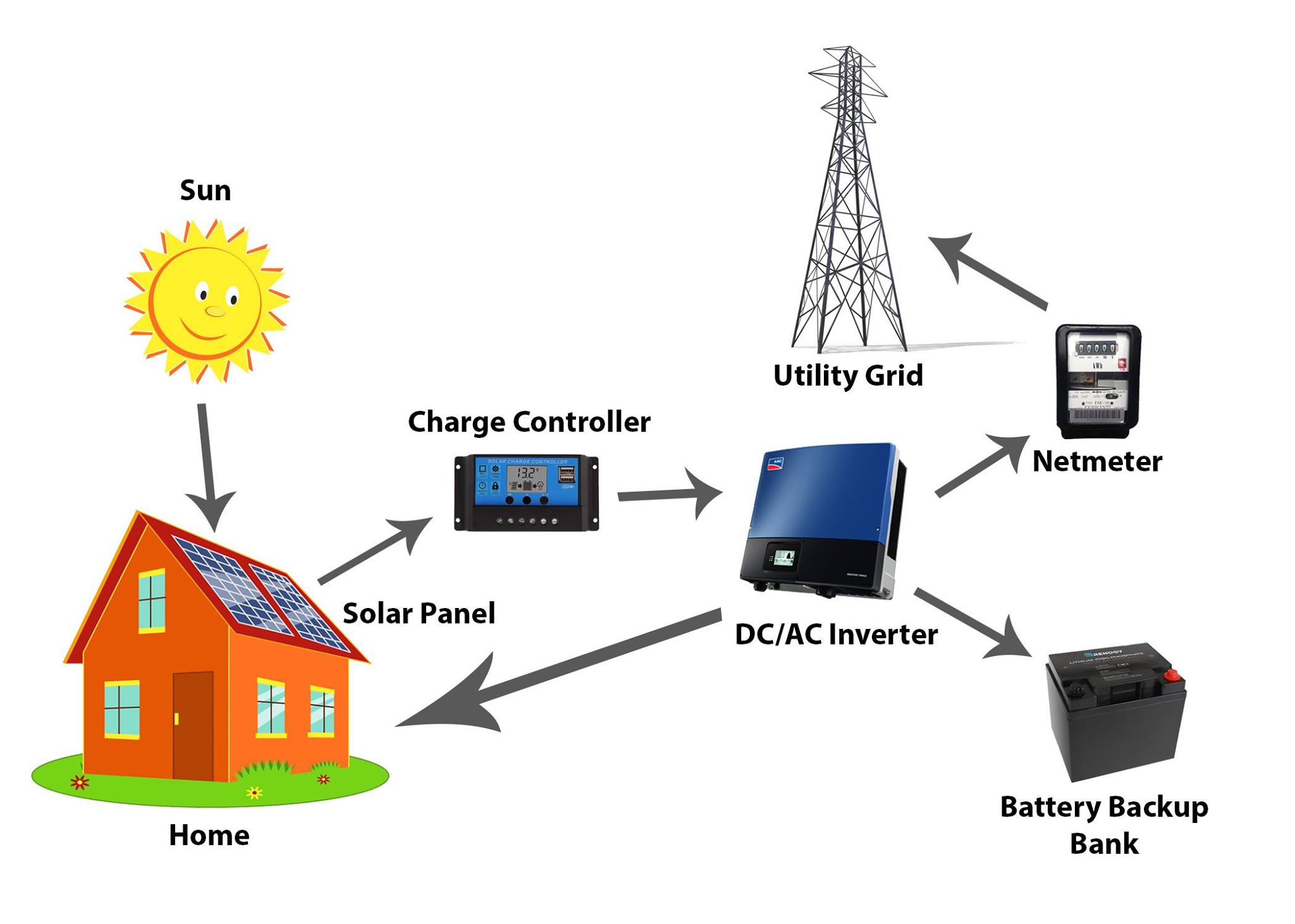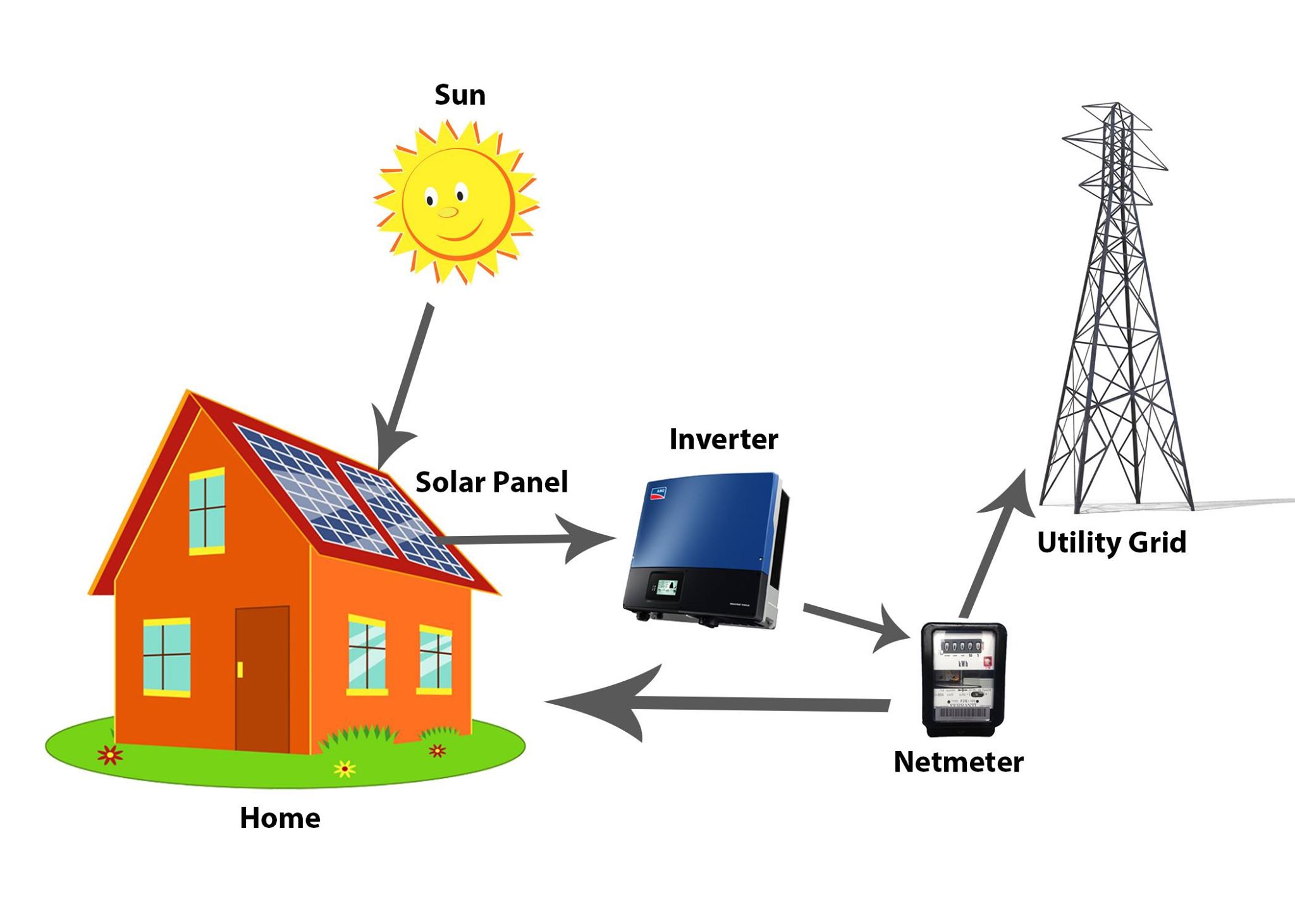RENEWABLE SYSTEMS
What is Renewable System?
Renewable energy (or green energy) is energy from renewable natural resources that are replenished on a human timescale. The most widely used renewable energy types are solar energy, wind power and hydropower. Bioenergy and geothermal power are also significant in some countries. Some also consider nuclear power a renewable power source, although this is controversial. Renewable energy installations can be large or small and are suited for both urban and rural areas. Renewable energy is often deployed together with further electrification. This has several benefits: electricity can move heat and vehicles efficiently, and is clean at the point of consumption.[1][2] Variable renewable energy sources are those that have a fluctuating nature, such as wind power and solar power. In contrast, controllable renewable energy sources include dammed hydroelectricity, bioenergy, or geothermal power.
How is Renewable System work?
Renewable energy is energy derived from natural sources that are replenished at a higher rate than they are consumed. Sunlight and wind, for example, are such sources that are constantly being replenished. Renewable energy sources are plentiful and all around us. Fossil fuels – coal, oil and gas – on the other hand, are non-renewable resources that take hundreds of millions of years to form. Fossil fuels, when burned to produce energy, cause harmful greenhouse gas emissions, such as carbon dioxide. Generating renewable energy creates far lower emissions than burning fossil fuels. Transitioning from fossil fuels, which currently account for the lion’s share of emissions, to renewable energy is key to addressing the climate crisis.
Off Grid


Hybrid
A renewable energy system that uses solar photovoltaic (PV) panels to generate clean energy to power your home. A hybrid solar system intelligently switches between using solar power, battery storage and grid power.
On Grid
A grid-tied solar system, is a solar power setup that is connected to the main electrical grid. This type of system generates electricity using solar panels, which convert sunlight into direct current (DC) electricity. This DC electricity is then converted to alternating current (AC) by a device called an inverter, making it suitable for use in homes and businesses.

